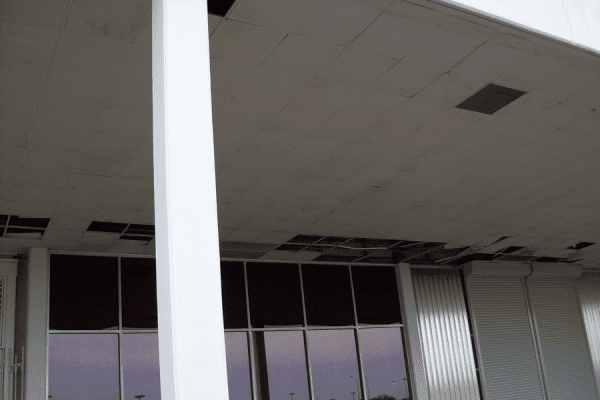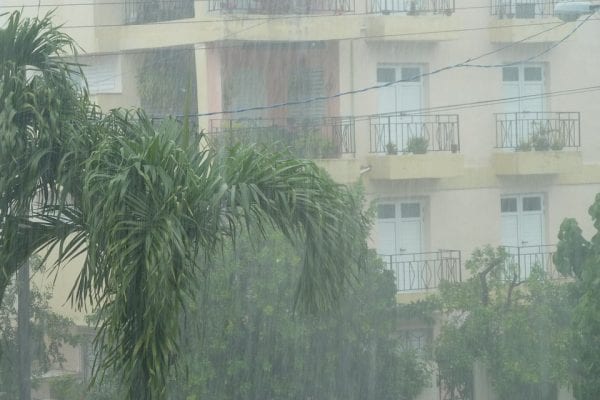Unless you were in the direct path of September’s Hurricane Florence, you probably have no idea just how bad it was.
In early September, Florence was expected to hit the coast of the Carolinas with the strength of a Category 4 hurricane. But by the time it made landfall, it had downgraded to Category 1, leading many people to sigh with relief.
Despite widespread flooding and power outages caused by the storm, news media largely lost interest in it after the first few days.
But in reality, despite its downgraded status and the media’s lack of attention, Hurricane Florence was one of the most devastating natural disasters to ever hit the Carolinas. Here’s why.
The Source of Hurricane Florence’s Devastation
While Florence’s wind speeds were substantially downgraded shortly before landfall, the real damage from the storm was actually amplified by its slow movement.
Those who were in its path remember keenly its slow, agonizing crawl toward land. First, it was supposed to hit on a Tuesday, then a Thursday, then Friday, then, finally, it actually hit on Saturday. This slow crawl provided more time for preparation and evacuation, but it also gave the storm more time to pick up moisture from the ocean.
And that’s where the storm’s greatest threat lay.
When Hurricane Florence finally hit the coast, it was carrying massive quantities of water. Plus, due to a high-pressure system pushing on it from the west, it was moving at a pace of only 2-3 miles per hour. That’s about the speed of an average human strolling leisurely through a park.
This leisurely pace gave the storm plenty of time to dump historic amounts of water on the coastal region, an effect compounded by already saturated soils. Over a period of five days, from September 13 to September 17, it dumped more than 30 inches of rain in many parts of North and South Carolina, and some parts of Virginia and Florida, while spawning tornadoes along its path.
Then it continued its slow crawl up the Carolinas, dumping more water along the way, all the way to the Appalachian mountains in the western part of the region.
How Hurricane Florence Devastated Entire Communities
In coastal communities of NC, storm surges of up to 6 feet were measured. Areas that had never been flooded, flooded. Every road into and out of Wilmington, NC was closed at one time or another. Rescue and relief crews struggled to get into the city, even after the storm passed, because roads flooded unpredictably as dams and levees broke across the region.
Meanwhile, the saturated soil gave up its grip on trees across the region, causing them to fall onto homes and power lines. Citizens in Wilmington, New Bern, and other communities were without power, groceries, or access to emergency services for days that stretched into a week.
To understand the human cost of the tragedy, consider the story of one family that was unable to get a medical transport before the storm, and were therefore unable to evacuate their loved one who used a respirator. When their power went out, their loved one died. Then their home flooded. A boat evacuation team rescued them, but they had to leave the body of their loved one in the flooded house.
Across the Carolinas, Florida, and Virginia, Hurricane Florence caused a confirmed 53 deaths, and about $38 billion worth of damage (right behind Irma’s $53.4 billion and Katrina and Harvey’s $125 billion). It resulted in hundreds of water rescues and widespread hunger and suffering as people waited for basic survival and medical assistance.
Unfortunately for coastal citizens, the worst of the storm’s devastations didn’t pass when the storm did. Next week, we’ll talk more about how Hurricane Florence continued to devastate the region even after she was no longer a hurricane.






